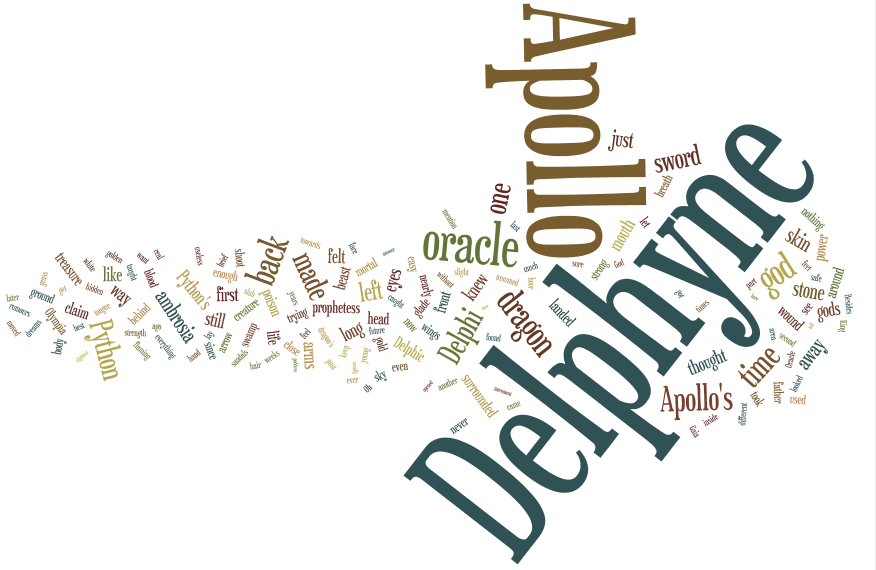
I always perceived writing poetry as a daunting and elitist activity reserved for those who have something profound to say in a profound manner. But this does not always have to be true. We can all be poets in our own rights with some help along the way. In my inquiry seminar with Kedrick James, I have picked up some useful methods that may help teachers encourage students to write poetry. By mixing up the methods I picked up, I have created my own combination of steps to writing poetry:
1. First, get students to do a free writing exercise on a topic of their choice for 10 minutes. However, give them a writing restraint. For example, Dr. James told us we could not use any form of the verb “to be” in our writing.
Here is my free writing sample I came up with in class under this writing restraint. I chose to write about coffee shops.
“Coffee shops relax me because of the smells, the sights, the sounds, and the people within them. The image of a person engrossed in a book, plunked down in a chair, coffee in hand seems calming amidst the bustling world around them. Coffee shops embody the public and the private in a perfect blend of serenity and organization in chaos.”
As a class, we found that not using forms of “to be” enabled us to sound more poetic in our writing. We had to rely or other verbs to enrich our sentences.
2. Next, “cut up” the text to create a poem. To cut up a text, simple cut letters, words, or phrases from the text to form new words or phrases to make up the poem. The restraint is that this has to be done sequentially. The student may not shuffle the letters, words, and phrases. Also, the student may repeat letters, words, or phrases sequentially as well to write the poem. Teachers may change the “cutting up” methods as they like.
Here is my “cut-up” text that helped me write my poem:
Coffee shops relax me because of the smells, the sights, the sounds, and the people within them. The image of a person engrossed in a book, plunked down in a chair, coffee in hand seems calming amidst the bustling world around them. Coffee shops embody the public and the private in a perfect blend of serenity and organization in chaos.”
3. Finally, through this free writing and cut up process under restraints, my poem was writtten:
“Coffee Shop”
Feel
The smells
The sights
The sounds
The people
Engrossed in a book
Plunked down in a chair
Calm amidst the bustling world
Embody the private and the public
Serenity and organization in chaos.
I love coffee shops for the contrasting sensations I experience in them. I enjoy the way I am able to feel a sense of personal calm and serenity in a chaotic atmosphere of the coffee shop itself. It is the perfect place to enjoy a sense of privacy in a very public place. Sitting and reading in a coffee shop is a wonderful way to be a alone without feeling lonely in an urban space.
Through these steps, I found freedom to produce poetry under particular restraints of the writing process. This is a wonderful contrast that I experienced in the writing process while writing about the equally wonderful contrasts I experience in a coffee shop. I then used the poem to form a Wordle, which highlights the words “chaos” and “serenity”. I chose warm colours to depict the comfort of a robust roast of coffee. I find that students will also enjoy plugging their poems into Wordle as much as I did. I hope that you will all try this in your English classes one day for a more accessible approach to encouraging students to write poetry.
Louise Chan





